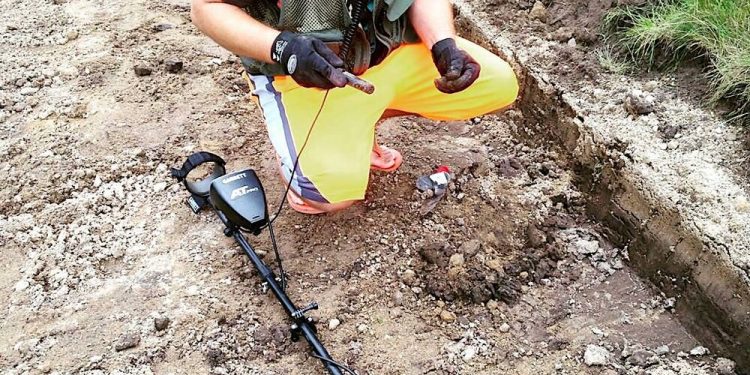Best Options at Metal Detector Store Explained

For a beginner, it isn’t possible to differentiate between metal detectors, as most of the time, they look similar. However, the way they work, their features, and their cost vary a lot. All in all, it can be a very overwhelming experience if you are in a metal detector store for the first time.We have made an in-depth guide on the three options accessible in the market to simplify things.
Very Low Frequency (VLF) Metal Detectors
This type is commonly available at every detecting store. Two types of coils are used including, transmitter and receiver. The transmitter spreads the electric current on the surface; then, the targets within the range create their magnetic field. At that point, the receiver coil identifies the signal and sends analyzed information to the control box. The information about the metal detecting finds will be displayed in the form of a target ID on the screen.
As VLF is available easily, it is ideal for entry-level detectorists. The cost of such detectors will be between $100-$1000.
Pros
- Economical
- Easy to use
- Multi-purpose
- Long-lasting
- Lightweight
- Several variations
Cons
- Limited frequency
- Poor performance on mineralized soils
Multi-Frequency Metal Detectors
Since VLF detectors only have a single frequency, they’re limited in capabilities. To get around this shortcoming, multi-frequency was introduced. It will allow you to identify small and large things at various depths. However, look out for selectable frequency. Many stores sell them saying they have multiple frequencies, but they can be used only one at a time. If you want both features, some of the best metal detectorsdocarry them.
As far as the cost goes, you can find them in the range of $600-$1000. With very few exceptions, you can get them at a lower price.
Pros
- Multiple & selectable frequencies
- More depth detection
- Good at dealing with mineralized soils
- Multi-purpose
- Numerous variations
Cons
- Costly than VLF
- Efficiency is dependent on the signals
- Various frequenciesare not revealed every time
Pulse Induction Detectors (PI)
This type of metal detector is different from the above two. Rather than using two separate coils, it uses one for both transmitting and receiving the electric current. The rate of this current release is somewhere around 100 to several hundred pulses per second.
However, each pulse only lasts for milliseconds. Once the device transmits the current, the time taken by the field to reverse and collapse is calculated. When the detector has a longer reflecting pulse, it means a metal has been detected.
This top-of-the-line technology can cost between $1000-$2500. If you are up for gold or beach hunting, this is your best option.
Pros
- Immunity against mineralization
- Excellent for gold prospecting and beach hunting
- Best depth detection
Cons
- Expensive
- Hard to carry
- Poor discernment
How to Make the Best Choice at Metal Detector Store?
If it’s your first time getting metal detecting accessories, no need to jump headfirst into getting expensive and heavy-duty detectors. More often, it is likely that you’ll disadvantage yourself by investing in something you don’t know how to use. While buying, your primary focus should be on user-friendliness, budget, and features to help you in the learning curve.
If you are having trouble choosing a suitable detector, consult with the store experts. The professionals like at Teknetics Direct will be open to help you make the decision. Read an Interesting post at .
